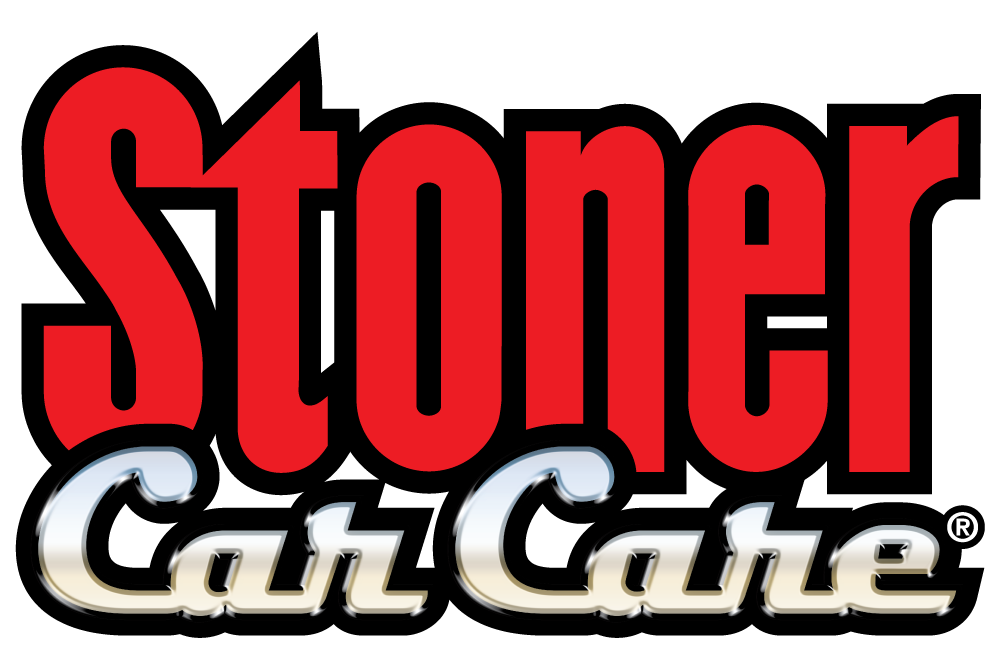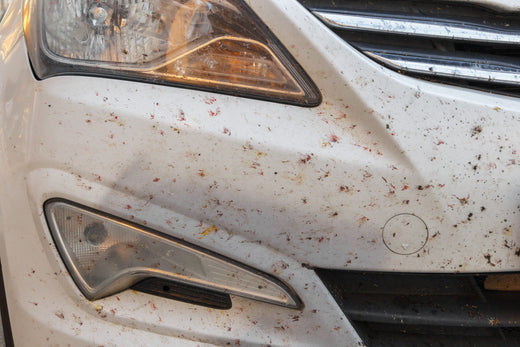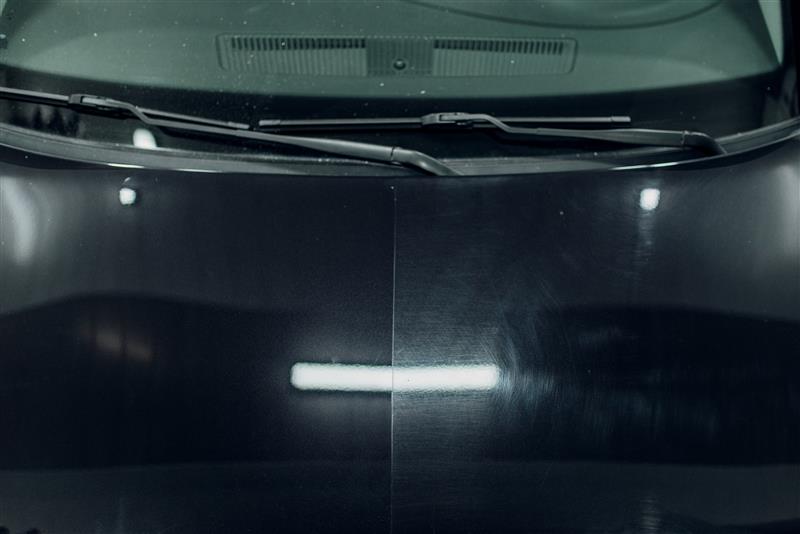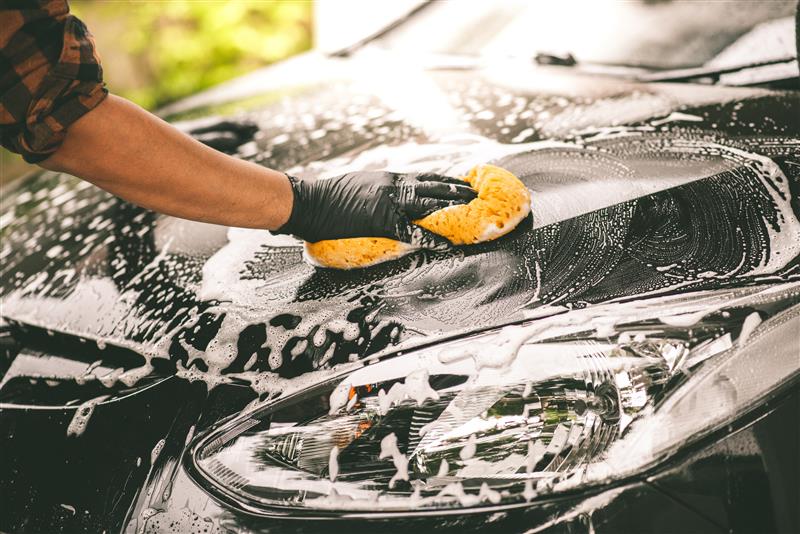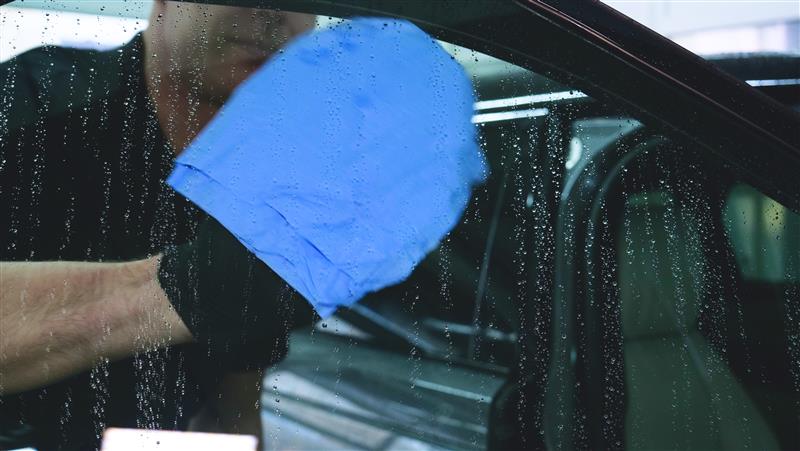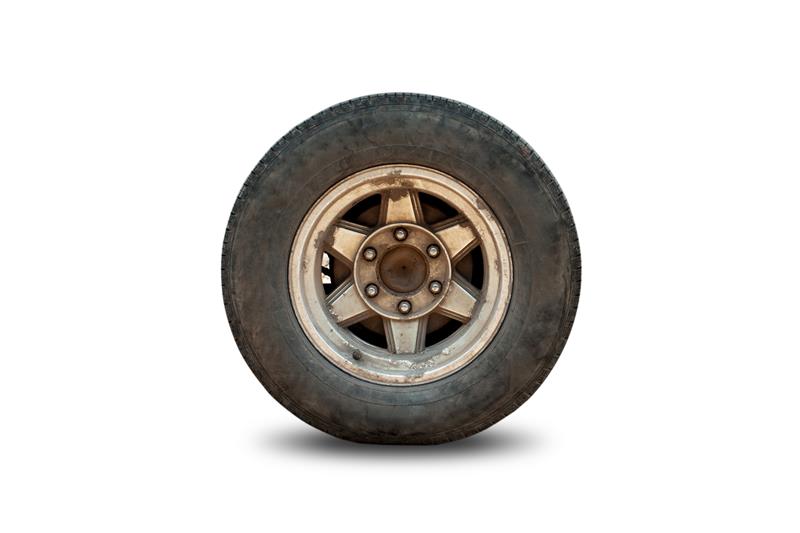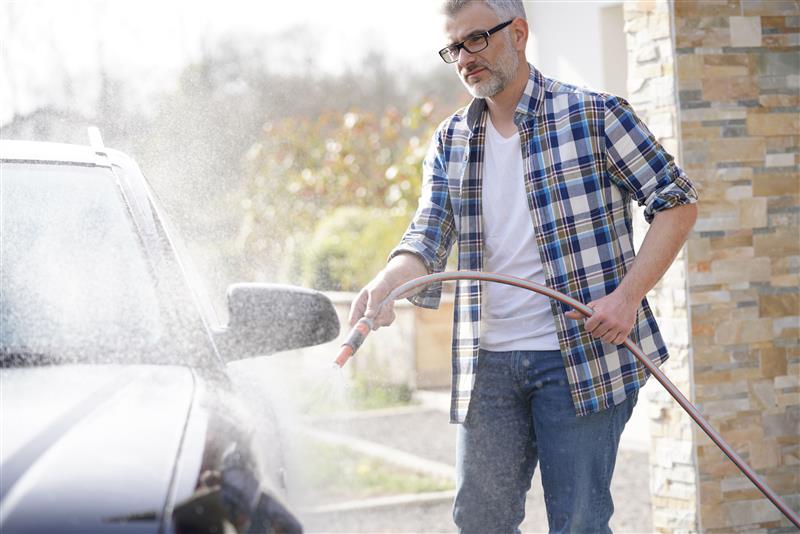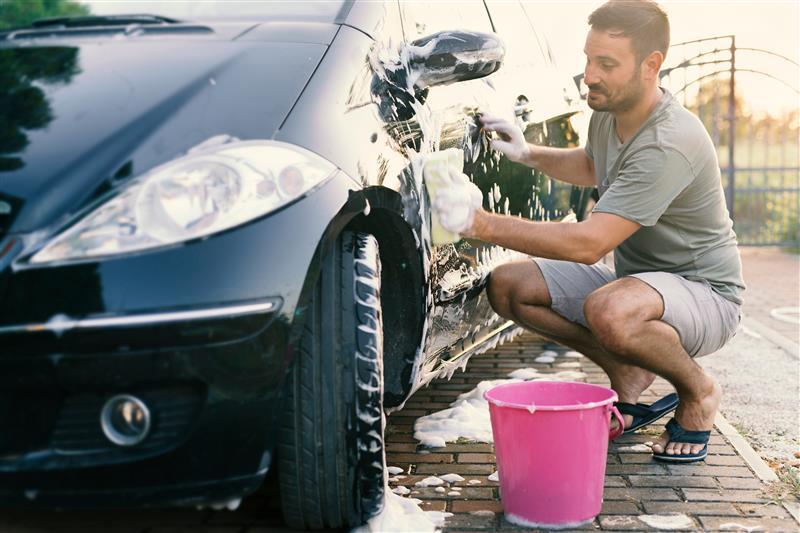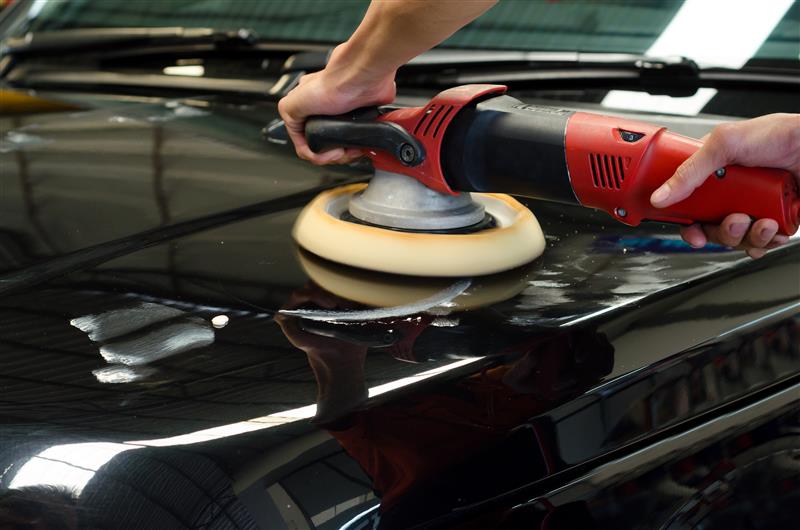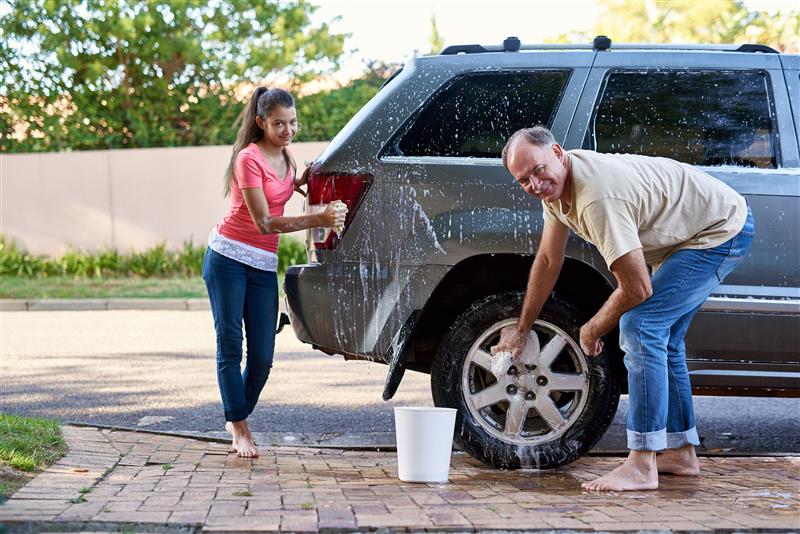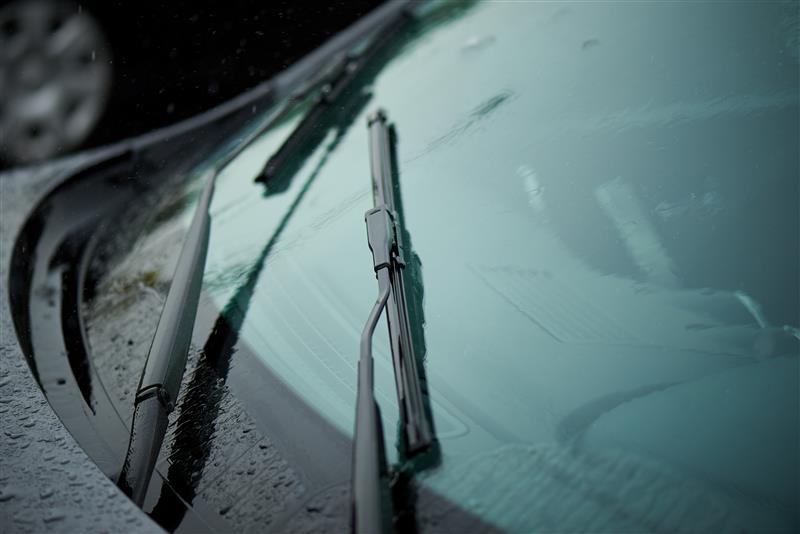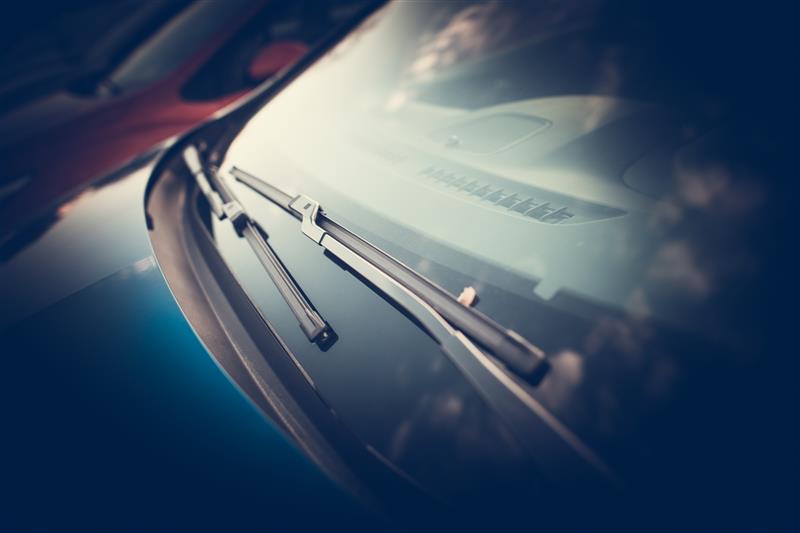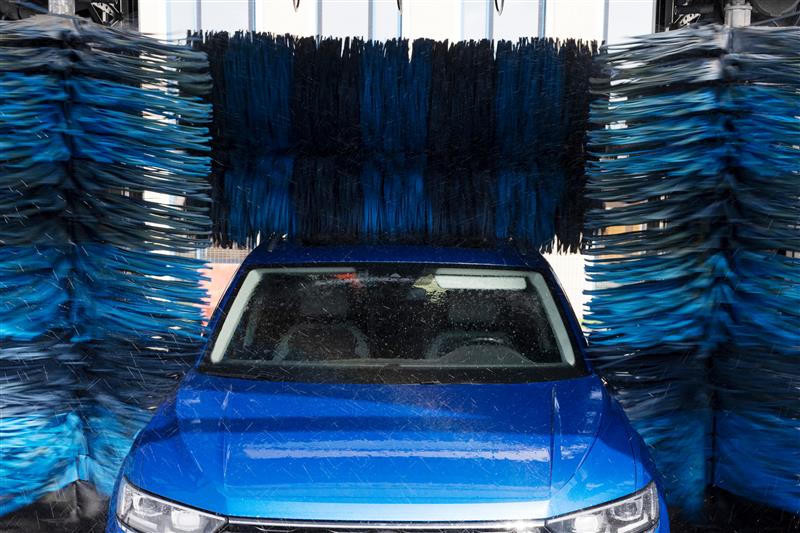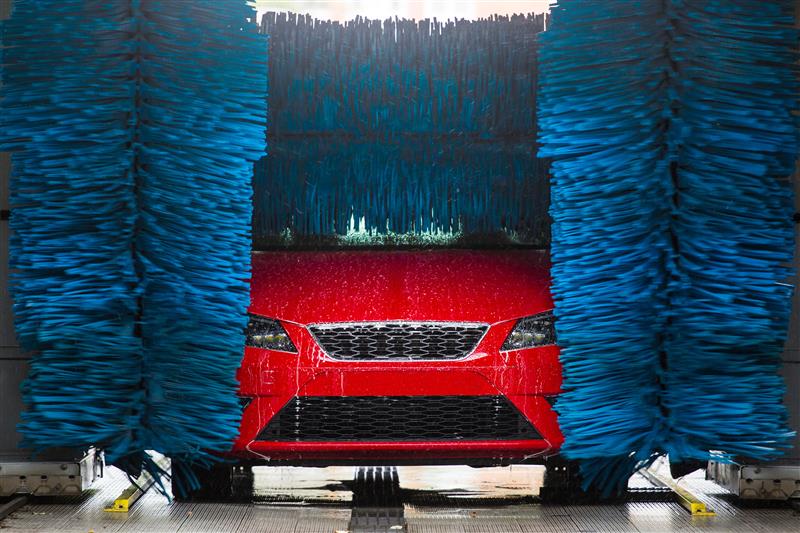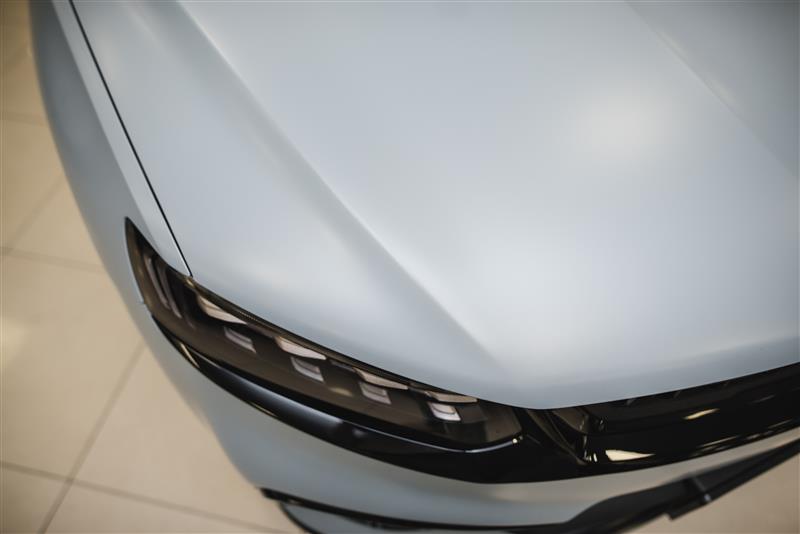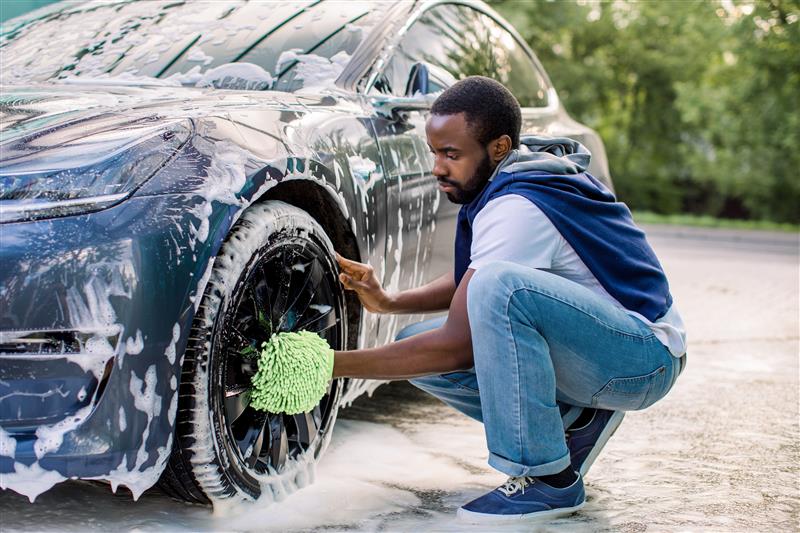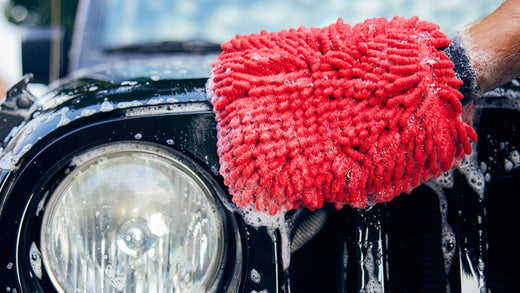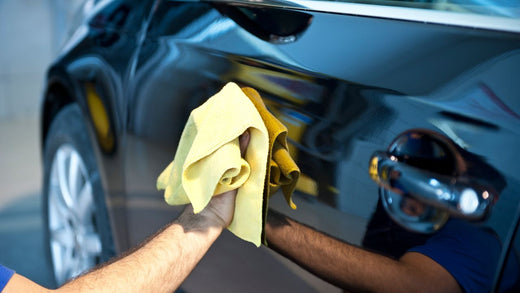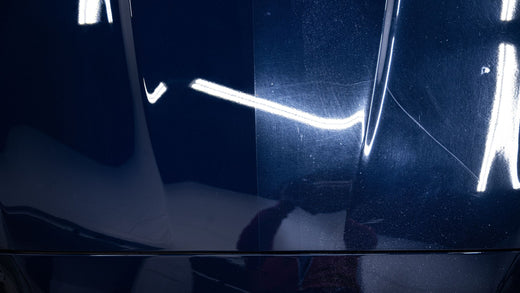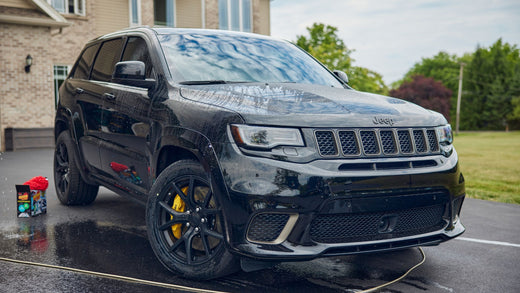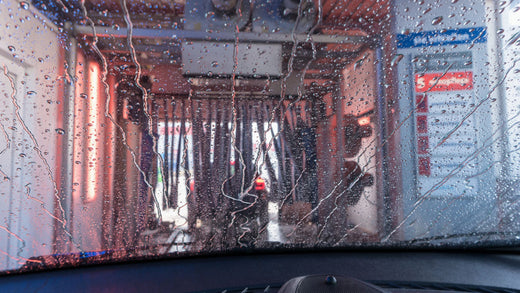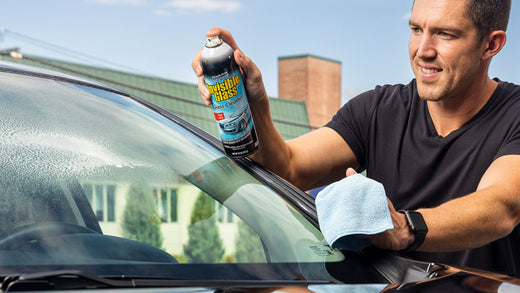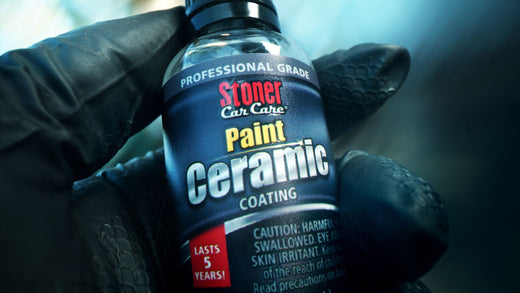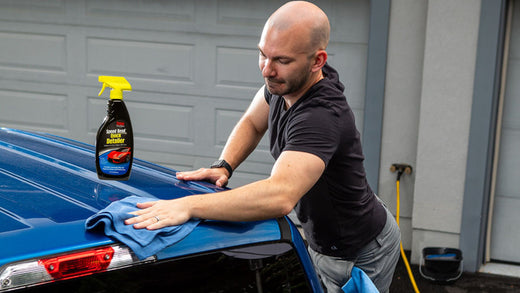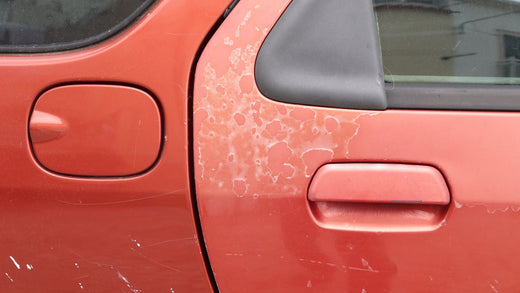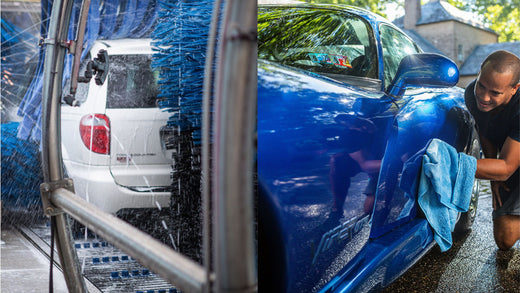Holiday shopping just got easier with free shipping on all orders. No code required.
Scientists estimate that 10 quintillion (eighteen zeros) insects live on Earth at any moment. There are also approximately 1.4 billion automobiles in the world. Basic math shows that bugs outnumber automobiles by a ratio of 7,142,857,142:1. No wonder we hit so many of them while driving!
Odds are your bumper will collect its fair share of insects as you go about your day. Don’t let it bug you! Today we will explore the world of insects and discuss how these critters may affect your car’s exterior. You will learn about the tools you’ll need to remove bug residue safely and the step-by-step process that will whisk away splatter.
To clean bugs off your bumper: Wash off your vehicle, apply bug remover, dry the surface, and apply a protective layer.
But first…
The Science Behind Bug Splatter
It’s no secret that bug splatter looks unappealing; however, splatter affects more than just your car’s appearance. Some bug innards are acidic. Entrail pH varies from species to species, but bug guts range from a relatively harmless 10 to an acidic three on the pH scale.
For perspective: The pH scale ranges from zero to fourteen. The lower the number, the more acidic it is. Battery acid has a pH level of zero, whereas something like sodium hydroxide has a pH value of fourteen – making it basic or “alkaline”. Human blood is at a pH range of 7.35-7.45, making it neutral.
To make matters worse, the sun works to bake bug splatter onto your paint, helping it eat away at your exterior more rapidly. In some cases, acidic innards may immediately begin to damage your vehicle. In other cases, insects that contain more neutral insides when initially squashed can become more acidic as they decompose in heat.
Believe it or not, the University of Florida conducted a study on the guts of the lovebug. This common southern insect has a gut pH of 6.5 while alive. Remember, a pH of six or seven is considered neutral, meaning a squished lovebug would not initially damage a car’s exterior. Researchers, though, allowed the squashed subjects to bake. After spending some time in the heat and sun, the pH level of the lovebug entrails dropped into the acidic range - 4.25.
This drop in pH may not sound dramatic, but it is quite considerable. The pH scale is logarithmic, meaning an increase or decrease by an integer value changes the concentration tenfold. For example, a substance with a pH level of two is ten times more acidic than something with a value of three. It increases substantially beyond that, with a substance with a pH level of two being one hundred times more acidic than a substance with a pH value of five.
Timing is Everything
You may not know what type of bug splattered and how it will affect your paint. It’s best to take the safe approach in removing bug splatter as quickly as possible. Assume that the spatter will affect your paint immediately.
It’s excessive and unreasonable to conduct a full-scale car wash every time a bug splatters on your car. More reasonably, you can spot-clean small areas of your bumper as needed with basic items such as water and a paper towel or napkin. Recent splatters will not yet be baked onto the surface, and this is typically when cleaning difficulty and damage occur.
It’s likely that you already have some bugs baked onto the surface of your bumper. Read below to see the steps needed to remove these stubborn spots.
Tools and Materials Needed
| Bug Removing Materials |
|---|
| ● Two buckets |
| ● Car shampoo |
| ● Microfiber towels |
| ● Wash mitt |
| ● Bug remover/eraser |
| ● Sealant |
We recommend using a two-bucket wash system for any exterior detailing job. Fill up both buckets with soapy water, and use one for clean and the other for rinsed dirty water.
Microfiber towels are perfect for any delicate detailing task. Bugs can leave behind a strong exoskeleton or shell that could scratch your paint if forcefully removed. Microfiber towels are one of the softest detailing materials around, making them ideal for cleaning off stubborn bug splatter.
Wash Off Your Vehicle
A thorough car wash will remove most bugs from your bumper, especially if they were squished recently. We recommend the use of a wash mitt for the initial wash stage. Wash mitts hold a lot of soap and suds and are ideal for delicate finishes. Whether you’re detailing the entire exterior or just the bumper – wash from the top down so dirty water doesn’t run over a previously cleaned area.
Apply Bug Remover
There are several methods and tools you may use that are engineered to be strong enough to remove bug splatter but are still safe to use on your exterior paint. These products can come in various forms -- each requiring different methods.
Aerosol and Sprays
Commonly, you will find automotive bug remover in aerosol or spray form. In fact, some detailers will even use tar and sap remover to clean bug splatter. These types of products use strong chemicals to remove stubborn stains from the surface of your vehicle. After using one of these products, we recommend thoroughly rinsing off your vehicle with clear water. This will ensure that strong chemicals don’t linger on your exterior finish.
Stoner Car Care’s Bug Eraser
Stoner Car Care’s Bug Eraser is an excellent option for people who are working with older or more delicate paint. Stoner Car Care’s Bug Eraser contains softening agents and synthetic microfibers specializing in lifting off bug splatter. These erasers do not require excessive scrubbing, and they are safe to use on all automotive finishes. This is a great option for bug-removal beginners, as using the Bug Eraser is simple – just apply some water, gently rub to remove bugs, and finish by drying with a microfiber towel.
[product=bug-eraser]
Bug Eraser contains no harmful solvents or degreasers and is safe to use on any exterior surface - paint, plastic, rubber, chrome, or glass.
[/product]
Dry the Surface
Once all the bug splatter is removed, thoroughly dry the surface of your car. Bumpers are difficult to dry, as they typically house stylistic designs and are close to the ground. There are areas and angles that may be challenging to reach. We recommend putting down a beach towel or sitting on a stool or an upside-down bucket to get up close for this step. The bumper protects the front of your vehicle but also curves downwards to provide additional protection underneath. The closer you can get, the more effective the cleaning process is.
Apply a productive layer
While your bumper is now clean, it is not safe from future splatters and debris. Applying a sealant will protect your newly cleaned bumper. Sealants are fully synthetic products that protect your exterior from environmental elements like UV rays and road debris. There are many sealants to choose from on the market, each offering unique benefits.
Synthetic sealants are excellent for guarding your bumper’s finish. Synthetics are an alternative to wax sealants, which burn off faster in the sunlight. Stoner’s Synthetic Sealant forms a weatherproof seal that is safe for all finishes and can be used year-round. It is an excellent product to protect your finish from bug splatter and acidic effects. The application requires some product, a microfiber towel, and some elbow grease.
Bugs Bee Gone!
While bug guts are unappealing at best; at worst, they can be hazardous to your car’s finish. Regular upkeep is the secret to keeping your bumper bug- and damage-free. Follow these steps to keep your bumper looking fresh: Wash off your bumper, apply bug remover, dry the surface, and apply sealant. Don’t let splatter bug your bumper anymore!
